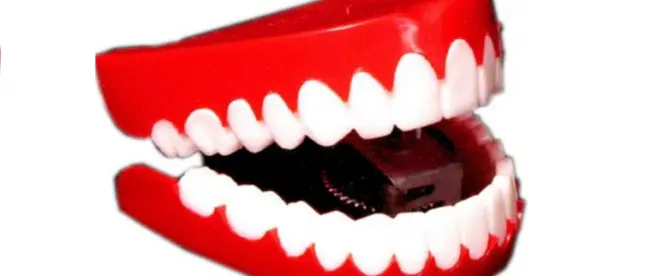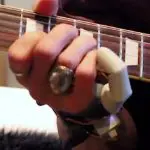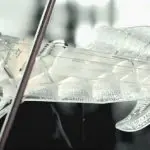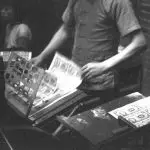Print your own teeth!
THERE IS NO END OF THINGS THAT 3D PRINTING CAN DO!
There was an amusing story in the news last year about a US student who came up with an imaginative solution to his dental issues. Amos Dudley had a brace when he was young, but he didn’t wear it as much as he was supposed to and his teeth became slightly uneven. Although this is considered normal almost everywhere on the planet, Americans have their own ideas about teeth and having them perfectly straight is the Holy Grail. Unfortunately, as a student, Dudley couldn’t pay several thousand dollars for clear braces to drag the offending gnashers back into line, so he made a set of printed braces himself – on a 3D printer.
Dudley was already familiar with additive manufacturing, because he’d built his own printer. However, for a job this important he was looking for some extra precision, so he used a high-end printer at his university instead. He started off by taking a cast of his teeth, then used a 3D scanner to create a digital model of it. Next he edited a copy of it to align his teeth perfectly, then created a series of intermediate stages with the teeth progressively straightened. Finally he printed out twelve clear plastic braces that, used in the right sequence, would gradually push his teeth into perfect alignment.
According to Dudley his 3D printed braces worked so well that other people asked if he could make sets for them. He didn’t; there was too much liability if something went wrong, he said, and anyway he wasn’t interested in orthodontics. All he wanted to do was fix his own teeth cheaply, not sort out anyone else’s.
If Dudley wasn’t interested in fixing other people’s teeth, however, a whole industry is. Dentists, especially orthodontists, need to make a lot of very precise objects. As well as braces and aligners they create plates, bridges and dentures, and all of these have to be custom-made to suit the patient’s mouth. With traditional manufacturing techniques this is a slow and expensive process, and makes a big contribution to the high cost of dental treatment.
This is where additive manufacturing comes in – creating unique objects or low production runs is exactly what 3D printers were designed to do. Printing isn’t usually the most economical way to make large numbers of something; if you want a hundred thousand widgets it’s going to be quicker and cheaper to use injection moulding, casting or some other traditional method. But if you want a dozen, or just one, then a 3D printer is unbeatable.
Beyond 3D printed braces
Dentists and orthodontists have picked up on this, and there’s now a range of printers tailored for their professions. Companies like EnvisionTEC and Roland DGA are offering high-end and extremely precise printers that have print accuracy in the 50 micron range and can work with the specialist materials needed for dental work. So far they all seem to use stereolithography, where light-sensitive resins are selectively hardened by shining a beam of light at the build platform. This is more expensive than fused filament deposition, and because the object is printed in a tank of resin it’s very difficult to make hollow prints (they tend to be full of unhardened resin), but it’s still a lot cheaper and more versatile than traditional methods.
As more dentists start to use 3D printing technology we can expect the quality of braces, aligners and plates to go up, while the price goes down. Of course, in a few years home printers will probably reach the print quality of today’s specialist dental ones, but they won’t have the custom software that devices like Roland’s DWP-80S have, so it’s still going to be a challenge for anyone who wants to replicate Amos Dudley’s achievement. On the other hand, it does show that if you’re determined enough to print something there’s usually a way you can achieve it.








Leave a comment
You must be logged in to post a comment.